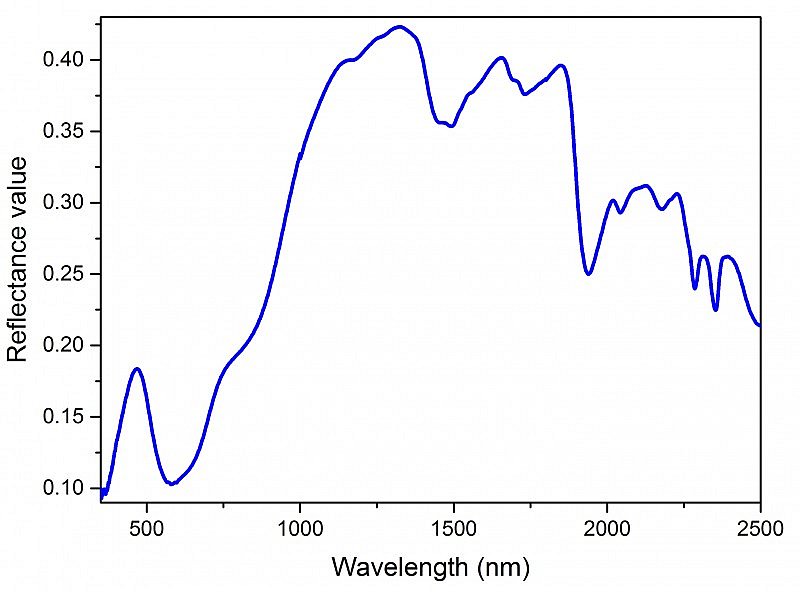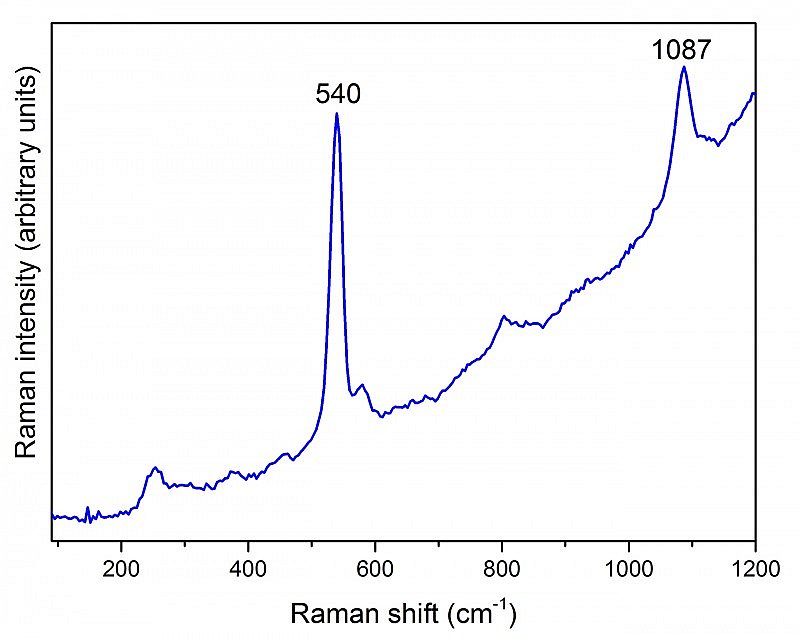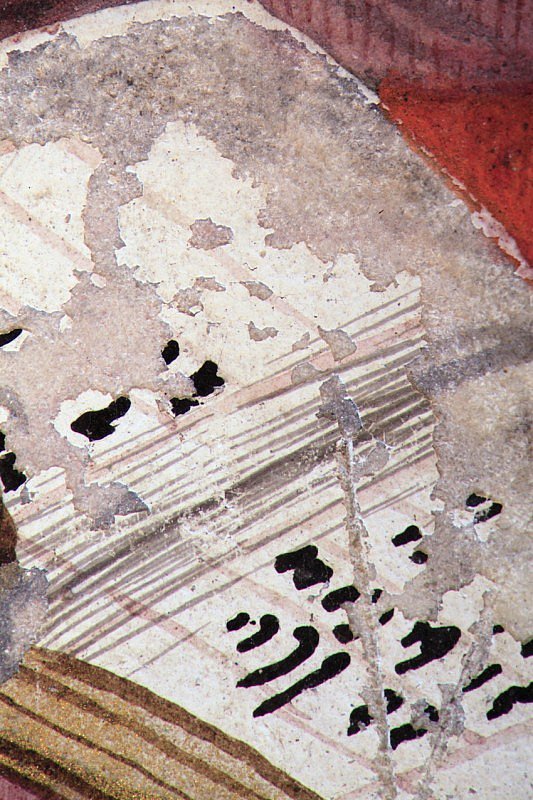Blue pigments
Artists' Materials
Precious ultramarine blue was used by all the main artists in this manuscript, both in the figurative scenes and in the decorated initials. The blue ink used for rubrics and captions is also ultramarine. The blue foliage which enriches the borders was painted with both ultramarine and azurite, usually juxtaposed to create shadows and highlights.
The cheaper azurite blue was also used in some decorated initials and, on selected folios, in the diamond-pattern background of large and small miniatures. It may have been used by assistants who were completing the images painted by the more accomplished artists. For instance, the chequered background on fol. 18v contains both ultramarine and azurite, suggesting that the Rohan Master painted some of the background, but left its completion to an assistant.
The assistant who painted the three large miniatures on fols. 119r, 134r and 147r used mixtures of ultramarine and azurite in all his blue areas, including draperies.
The two Breton illuminators who altered or added images in the 1440s and 1450s used only azurite.



St Mark (Gospel Sequence of St Mark)
Accompanied by his symbol, the lion, and looking up for divine inspiration, St Mark prepares to write his Gospel. The marginal scene showing the Flight into Egypt belongs to the cycle illustrating the Pilgrimage of Jesus Christ. The arms of Isabella Stuart have been added to the border.
Technical analyses revealed that ultramarine blue was used to paint Saint Mark’s blue tunic and the lion’s wings as well as the Virgin’s mantle in the side miniature. The rubric was also written with ultramarine blue ink. The blue leaves which surround the decorated initial were painted with azurite instead and shaded with dark blue ultramarine (hotspot 1). Surprisingly, the blue squares which form the diamond pattern in the miniature’s background were painted in ultramarine only in the lower portion of the background (below the figures of St Mark and the lion), while azurite was used for the upper portion of the decoration. This suggests that the Rohan Master painted the lower part of the background around the figures, but left the background’s completion to an assistant who used the cheaper blue, azurite.
The presence of two different blues in the background is confirmed by the infrared image, where ultramarine appears light and azurite dark (see Infrared Layer). The same image reveals the presence of elaborate underdrawing, also visible through the semi-transparent paint layers of the apostle’s pink robe. Its peculiar style is typical of the Rohan Master.
